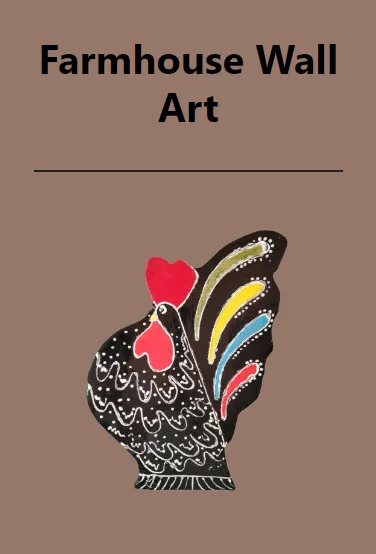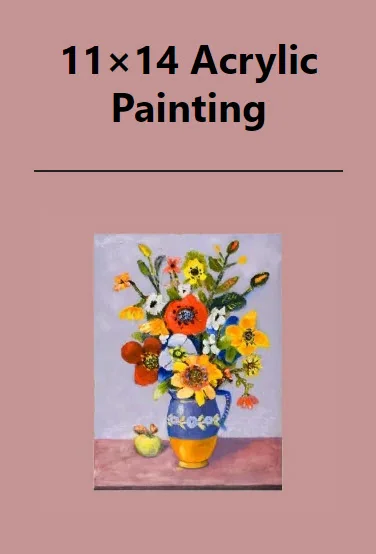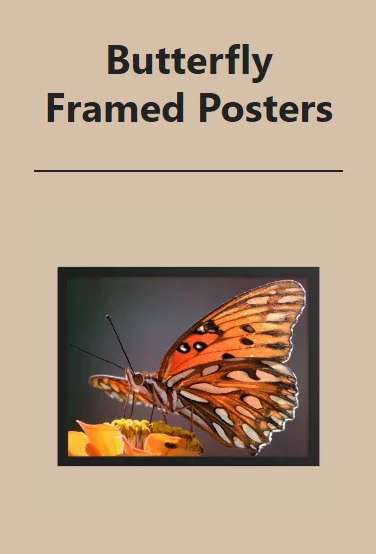People make art to express themselves and to inspire others. Art enhances the beauty of our environment. Art creation may be used to keep track of a certain time, events, places, or persons. Art is a fantastic medium for expressing and sharing ideas. The human intellect is inspired and stimulated by art.
What Are The Top Reasons For Creating Art?
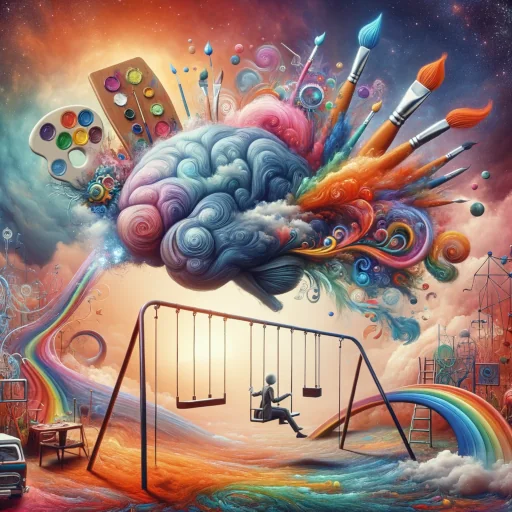
You know how people usually say art is all about expression and inspiring others, right? Well, there’s this cool side of art that’s not talked about much, it’s like art is your personal mental playground. It’s not just about making something pretty or sending a message. It’s more about diving deep into your own mind.
Think of it like this: When you’re creating art, it’s like you’re on a mission to figure yourself out. You might start with just a feeling or a jumble of thoughts. As you paint, draw, sculpt, or whatever your jam is, you’re actually untangling all these thoughts and emotions. It’s like you’re having a chat with yourself, sorting through what’s bugging you or what’s going on in your head.
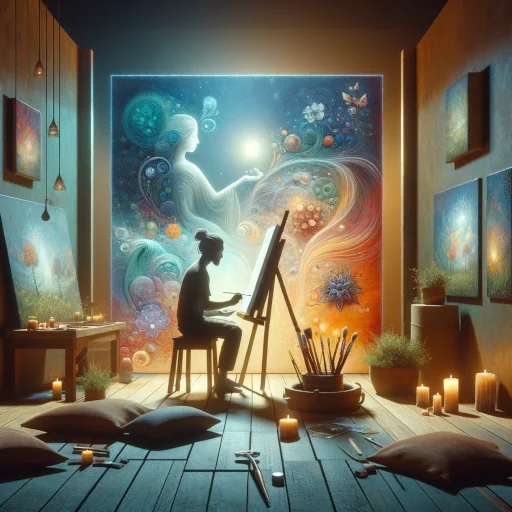
This whole process is super personal. It’s not really for anyone else. It’s like meditation, but instead of sitting still, you’re making art. It helps you sort out stuff that’s hard to put into words, you know? It’s not about solving a puzzle that everyone can see; it’s more about exploring your own experiences, your feelings.
So, in a nutshell, art’s this amazing way to connect your conscious mind with the stuff that’s lurking underneath. It’s about understanding yourself better and finding your place in the big, wild world. That’s the magic of art, it’s your personal journey, your own way of making sense of things.
What are the reasons for creating art is a very good question. I will attempt to give a series of answers since I am somewhat of a subject matter expert, ha!
Case Study: Why Artist Create Art?
Let’s delve deeper into why artists create art. Consider the work of well-known artist Cziffery. This is a fantastic Cziffery Janos etching with an unbelievable backstory.
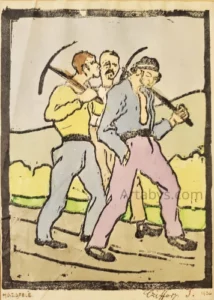
Cziffery is a well-known Hungarian artist best known for his later-life works. This piece was created when he was in his early twenties. Before he became a well-known recognized Hungarian artist, Cziffery created “Coming Home” in 1926.
The artwork was never sold and instead was given to one of his best students. While living in Hungary, the student stored the artwork and promptly forgot about it. The artwork evaded discovery by the Russian Army during their post-World War II invasion of Hungary. The student kept the art for more than 30 years!
The artwork was kept hidden until years ago in 1979. When it was discovered in 1979, it was given to a relative who brought it to the United States. The artwork was once again stored and forgotten about for over 43 years until it was discovered yet again in 2022!
“Going Home” is a linoleum etching of three men walking home after a day’s work. The men are common laborers, as depicted by their pickaxes slung over their shoulders. During the 1920s in Hungary, the situation was many agricultural workers in ever-increasing numbers.
This meant lower wages and fewer hours worked. Workers were frequently required to walk to and from work to find work. These poor agricultural workers frequently worked from sunrise to sunset for less than five cents per day.
Cziffery observed many agricultural workers passing by as they walked home from a long day at work as he grew up. When you look at “Going Home” or “Hazajfele,” you are transported back in time to 73 years. You are seeing the workers walk home through Cziffery’s eyes as a young man.
Cziffery created “Coming Home” because he wanted to tell you a story with his painting showing you a glimpse of Hungary in 1920.
What Is The Purpose Of Art
The purpose of art is to compel you into different levels of contemplation. It’s not about the process of creating art, but what the art makes you feel and think about.
“The purpose of art is washing the dust of daily life off our souls“
Pablo Picasso
Question: Why Do People Buy Art?
There are many reasons why people buy art, and the motivations can vary widely from person to person. However, some of the top reasons for buying art might include:
Personal enjoyment
Many people buy art simply because they enjoy looking at it. Art can bring beauty, inspiration, and pleasure into people’s lives.
Investment
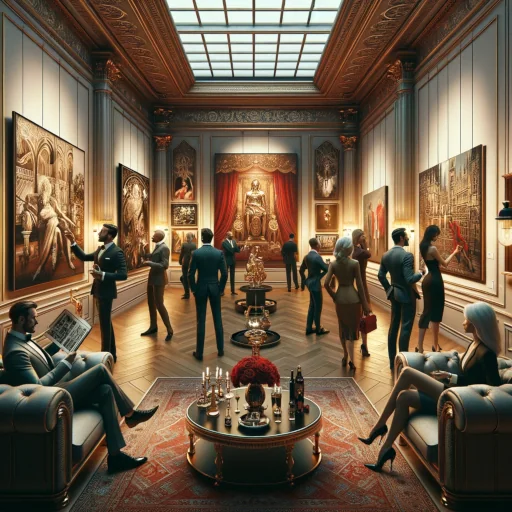
Some people buy art as an investment, hoping that the value of the artwork will increase over time.
Social status. Owning valuable and prestigious artwork can be a symbol of social status, indicating wealth, taste, and sophistication.
Decorative purposes
Art can be used to enhance the look and feel of a room or space, providing a focal point or adding visual interest.
Emotional connection
Art can also hold personal significance for buyers, such as reminding them of a special time, place, or person in their lives.
Supporting artists
Buying art can be a way to support artists and their creative endeavors, helping to sustain their livelihood and promote their work.
Philanthropy
Some art buyers may purchase art to support charitable causes, such as by attending art auctions where a portion of the proceeds go to a specific charity or cause.
If you could only choose one reason. What would that be?
1. Art Is Communication
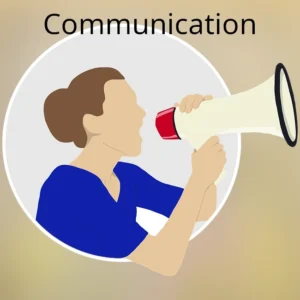
Art and design (through many forms) is a medium through which early humans express their thoughts. Information is exchanged with each other through art. Art provides us with a means of communicating ideas, education, learning and feelings that we might not always fully comprehend or know how to articulate. It can take the place of words, or a book.
Through the medium of art, we can communicate thoughts, ideas, imagination, and visions that might not be able to be expressed in any other way. We can’t fully express ourselves without the medium of art.
2. Our Story Is Told Through Art

Art combines the functions of a history class, a historical record, the maintenance of cultural traditions, and a personal autobiography. The ability to better comprehend past occurrences and experiences because of the documentation provided by art.
Art not only helps to preserve the many distinct communities that are a part of our planet, but it also represents the cultural beliefs, values, and identities of “Homo sapiens”, those people. The development of our lives and the things we’ve been through are documented in the art. We cannot comprehend or communicate our individual or collective histories without the medium of art.
3. The Experience Of Art Is One That Is Shared
The production of artistic work is a collaborative endeavor. Art genres such as singing in a choir, acting in a play, and dancing all need an audience to be performed.
Even the most lonely artists, such as painters and poets, need other craftspeople, such as painters and publishers, to help them create their works of art.
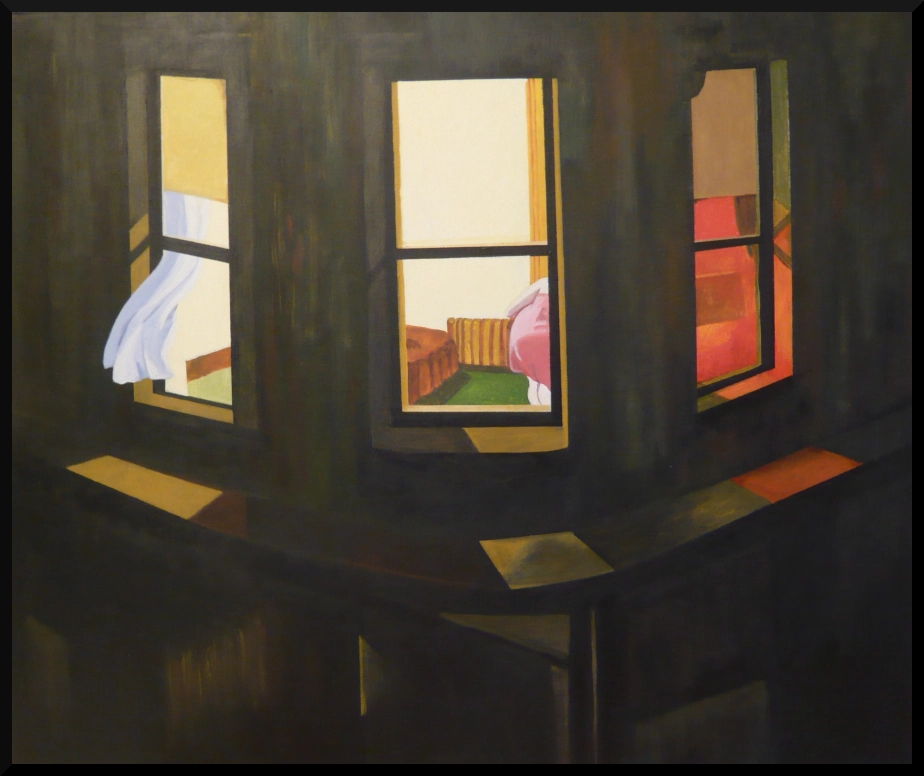
When it comes to representing solitude in great paintings, Edward Hopper is a true expert in the field. We know him for his paintings of lonely scenes. The story of Night Window follows a woman as she goes about her daily activities in her apartment while an unknown person observes her from a distance. We can find loneliness even in a crowded city with all of its inhabitants.
Art gives us a reason to join together with one another and share an experience (pure joy) we all have in common. Art is necessary to maintain our sense of community.
4. Art Is An Instinctive Human Behavior

Creating art is a fundamental human activity. Making it something that comes naturally to children all over the world. There is art in every society.
Since the beginning art is an essential component of the human experience. To put it another way, art is an intrinsic component of our identities. We are incomplete as human beings without the contribution that art may offer.
5. Art Is A Form Of Medicine

Whether we take part in its production or simply experience it, being exposed to the art may either calm and soothe us or energize, build up and excite us. The creative process of producing art, the “creativity”, “expression”, or “self-expression” requires us to use both our bodies and our minds “our brain”, and it also gives us time to turn our attention within and contemplate.
Experiencing art not only provides us with a reason to think and reflect, but it also has the potential to motivate us to get up and dance. Art offers a form of catharsis, a venue for introspection, and a channel through which we can engage our complete selves. The creation of art is essential to our well-being.
American Art Therapy Association
“Art Therapy is an integrative mental health and human services profession that enriches the lives of individuals, families, and communities through active art-making, creative process, applied psychological theory, and human experience within a psychotherapeutic relationship.“
Summary Top Reasons For Creating Artwork
In this example, you see art as communication. Cziffery is communicating to you what he saw in 1926. It’s a story told about agricultural workers returning home and the unbelievable backstory of the artwork itself on how it survived for over 73 years hidden.
When looking at “Going Home” it compelled you to stop and contemplate what you are looking at. It’s a shared experience. And if you find the colors and what you are looking at attractive, then it could also have a calming effect or maybe motivate you to do something.
Ciziffery’s art created thinking. If you like it then you were compelled at different levels to think deeply a great deal about what you saw. Art is not about the process of creating art, but all about the different levels of contemplation art produces.
If you like this article then you should read another blog on Artabys website called: Cave Paintings and Drawing “The Evolution Of Art And How It Shaped The Modern World“
Definitions:
Craft – an activity involving skill in making things by hand.
Graffiti – writing or drawings scribbled, scratched, or sprayed illicitly on a wall or other surface in a public place.
Artistic Expression – The deliberate application of one’s imagination in the creation of things that are meant to be pondered or appreciated for their beauty, such as the arrangement of forms, sounds, or words.
Visual Arts – Painting, drawing, printmaking, sculpture, pottery, photography, video, film making, design, crafts, and architecture are all examples of forms of art that fall under the category of “visual arts.”
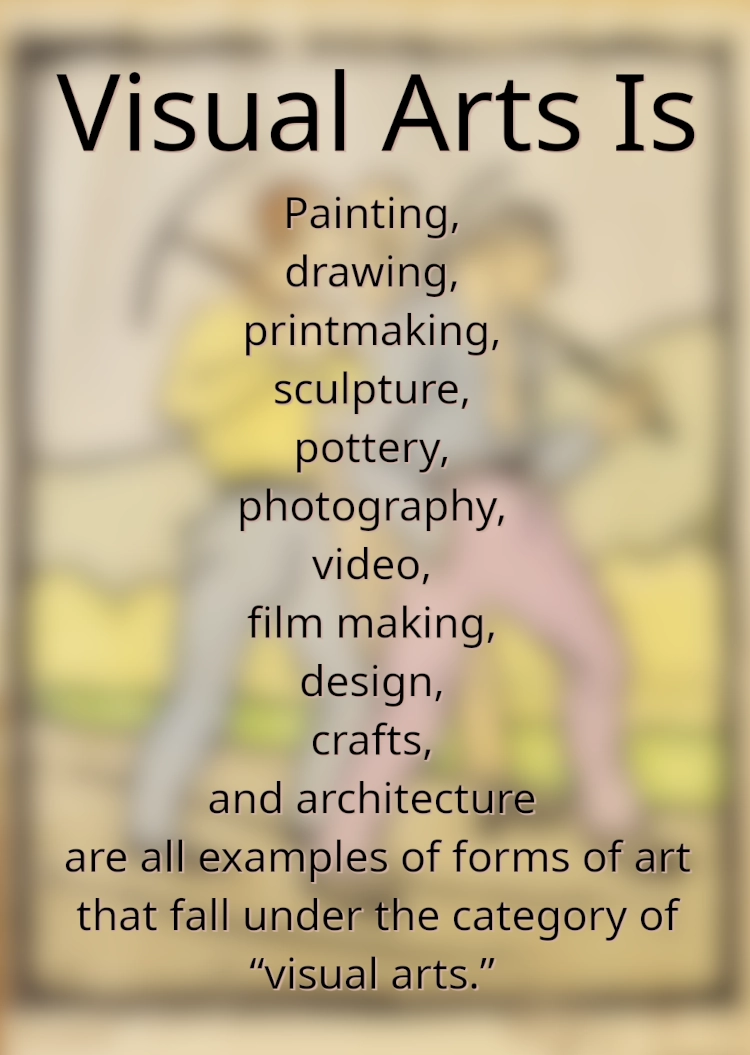
References
Hickman, R. (2010). Why we make art and why it is taught. Intellect Books. https://books.google.com/books?hl=en&lr=&id=pNrpMrzAm7wC&oi=fnd&pg=PP1&dq=why+art&ots=V5CTEI3Rpr&sig=LE7ax84p-yXTgvgVQFlZnynBnkQ#v=onepage&q=why%20art&f=false
Elkins, J. (2001). Why art cannot be taught: A handbook for art students. University of Illinois Press. https://books.google.com/books?hl=en&lr=&id=_CgtD-dZyk4C&oi=fnd&pg=PA13&dq=why+art&ots=MqErCC57TN&sig=ehym7Lzt1bCp5VEjJxKDyUu6CJg#v=onepage&q=why%20art&f=false
Dissanayake, E. (2001). Homo aestheticus: Where art comes from and why. University of Washington Press. https://books.google.com/books?hl=en&lr=&id=Z9cHCwAAQBAJ&oi=fnd&pg=PP1&dq=why+art&ots=ESIklayZip&sig=zBumTbFtWEDoSd3IyjECmo95N5Y#v=onepage&q=why%20art&f=false

